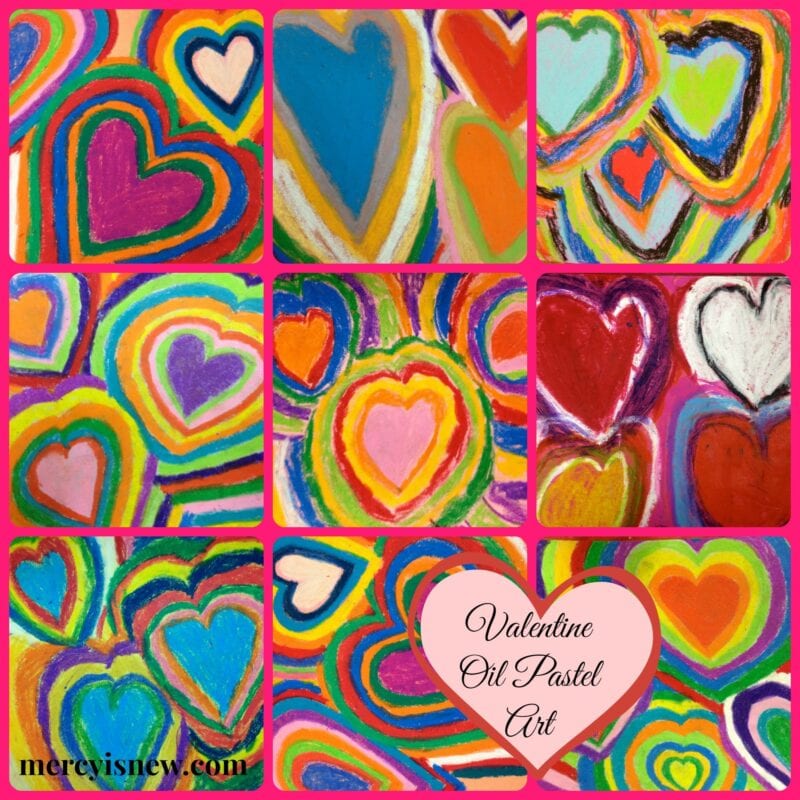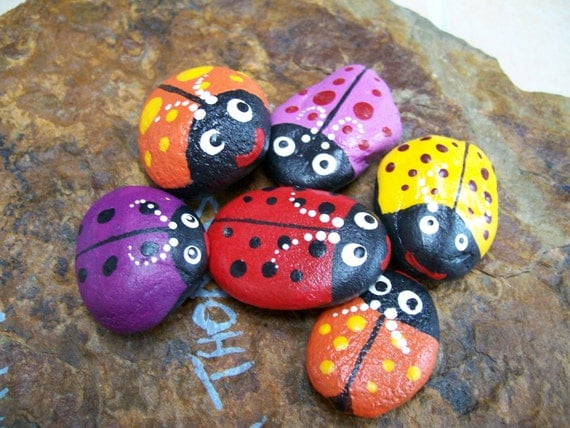This post is about how I structure and plan Maths Stations for my class.
There are many reasons why I feel station teaching is hugely beneficial to the children. These are just a few:
-more child led than teacher led
-allows me to work with smaller groups and give them more reinforcement or challenge them further
-peer learning
-a chance to tackle problem solving
-makes Maths FUN
-chance to use concrete materials
-ICT can be integrated easily
 |
| Image Source |
Structure:
Once per week (in an ideal world but not always the case.)
Two Teachers
It is a lot easier to have a second teacher (usually a Learning Support Teacher) to help you but I have done it myself too.
3 x 10 min slot:
This year I am hoping to do 3 x 10 minute slots on a Friday. (With the emphasis on the Language Curriculum this year, it is hard to find more time to allocate) In the past, I have spent up to 1 hour at station teaching.
Planning
Grouping
This can be mixed ability or by ability depending on your preference and your class.
This year I have 5 groups of 4/5 children in each.
Stations
I have six stations organised that the children will work at over a two week period (3 per week). Again these change a bit depending on the topic but here is an idea of how I break it up:
1. Teacher Led (Class Teacher)
The children work with me on a topic we are currently working on such as steps to long division. It gives me a chance to see if the children have any difficulties or if they are ready to move on.
2. ICT
Using iPads/classroom computer, I will set out 2/3 games on a particular website for the children to try. It will be linked to the topic we are covering or developing tables. In September we will be using www.crackingmaths.ie
3. Card games
This month we will practice multiplication and place value using cards.
4. Problem Solving
Our school invested in these Maths Boxes (4 levels) a few years ago. It also comes with a CD so you can put them on the IWB.
 |
| Image Source |
5. Maths Boardgame
Again, we invested in these board games to reinforce maths skills in a fun way.
 |
| Image Source |
6. Teacher Led (Learning Support)
The Learning Support Teacher will also work with groups so that each week the children work at a teacher led station and two independent stations.










































